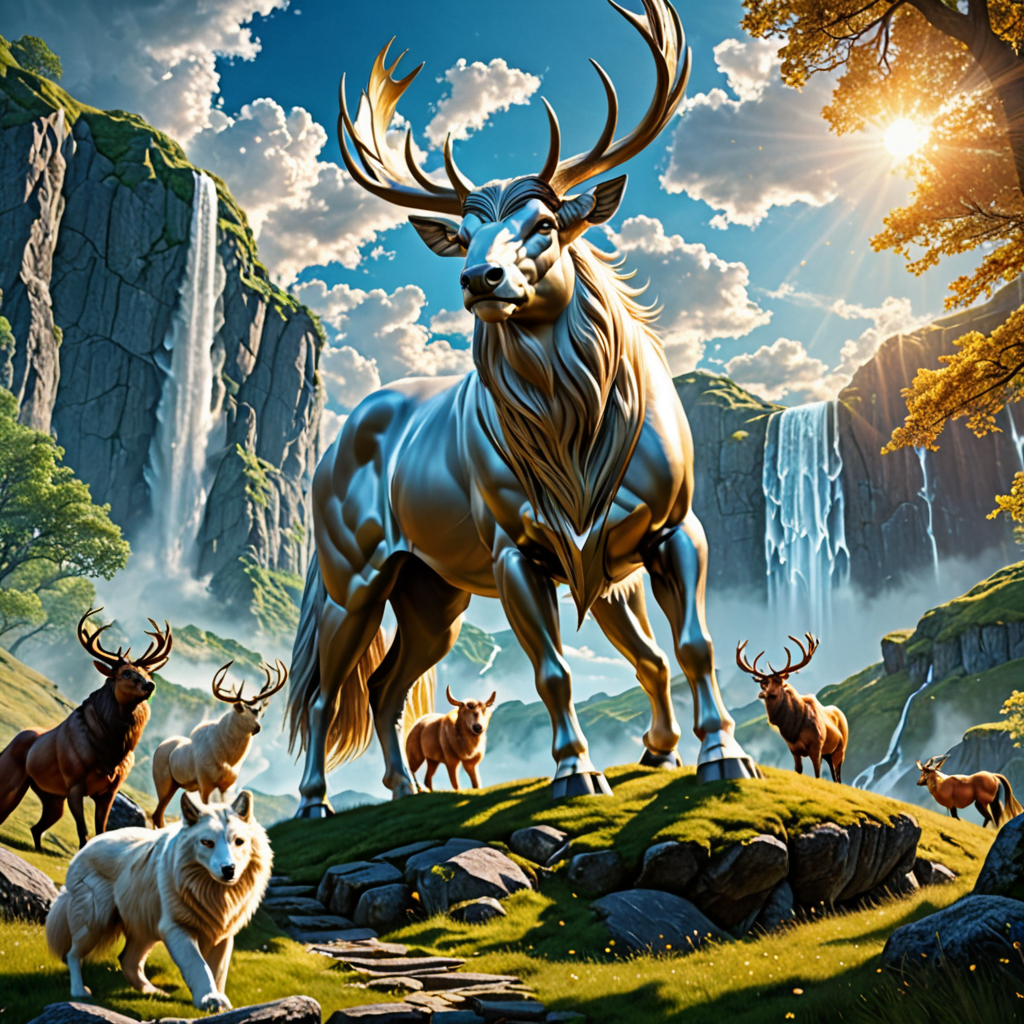The Symbolism of Dreams and Reality in Norse Mythology
Exploring the Depths of Norse Mythological Symbolism
Norse mythology holds a rich tapestry of stories, gods, and symbolism. Central to this mythology is the concept of dreams and reality, each carrying profound meanings deeply ingrained in Norse culture.
The Significance of Dreams in Norse Mythology
In Norse mythology, dreams were believed to be powerful messages from the gods. They were seen as a gateway through which divine beings could communicate with mortals. The interpretations of dreams were crucial, often foretelling future events or providing insights into one’s destiny.
One of the most iconic instances of dream symbolism in Norse mythology is the dream of Odin, the Allfather. Odin’s continuous pursuit of knowledge led him to seek wisdom through sacrifices, including hanging himself from the world tree Yggdrasil for nine days and nights. This experience granted him immense knowledge and understanding, allowing him to interpret dreams and foresee the fates of both gods and mortals.
The Blurring Line Between Dreams and Reality in Norse Mythology
Norse mythology often explores the fluidity between dreams and reality, blurring the boundaries between what is perceived as tangible and what belongs to the realm of unconscious visions. The idea that dreams could manifest in the waking world or that reality could be shaped by the whims of the dreamer adds an element of mystery and intrigue to the stories woven throughout Norse mythology.
For example, in the tale of Ragnarok, the final confrontation between the forces of good and evil, dreams play a significant role in shaping the destiny of the gods. Prophetic dreams forewarn of the impending doom, giving the gods a chance to prepare for the inevitable battle that will decide the fate of the cosmos.
Conclusion
In Norse mythology, the symbolism of dreams and reality intertwines to offer profound insights into the nature of existence, fate, and divine intervention. These timeless tales serve as a reminder of the power of dreams to shape destinies and the enduring connection between the conscious and the unconscious realms in the fabric of Norse cultural beliefs.
Unravel the mystique of dreams and reality in Norse mythology, and embark on a journey through the realms of symbolism that form the foundation of ancient Scandinavian lore.
FAQ: The Symbolism of Dreams and Reality in Norse Mythology
What role do dreams play in Norse mythology?
In Norse mythology, dreams are believed to be a powerful medium through which the gods communicate messages to mortals. They can provide insights, warnings, or prophecies, shaping the course of events and influencing destinies.
How do dreams reflect reality in Norse mythology?
Dreams in Norse mythology often contain symbolic elements that reflect the interconnectedness between the dream world and reality. These symbols can convey deeper truths about the nature of existence and the cyclical patterns of life and death.
What are some common symbols found in Norse mythological dreams?
Symbols such as the World Tree Yggdrasil, the cosmic serpent Jormungandr, the wolves Skoll and Hati, and the Valknut are frequently encountered in Norse mythological dreams. Each symbol carries significant meanings related to fate, destiny, and the eternal struggle between order and chaos.
Can dreams alter the course of fate in Norse mythology?
In Norse mythology, dreams are seen as a reflection of the interconnected web of fate known as Wyrd. While dreams can provide insight and guidance, they are ultimately a part of the predetermined path set by the Norns, the fates who govern destiny.
How do dreams and reality intersect in Norse mythological narratives?





